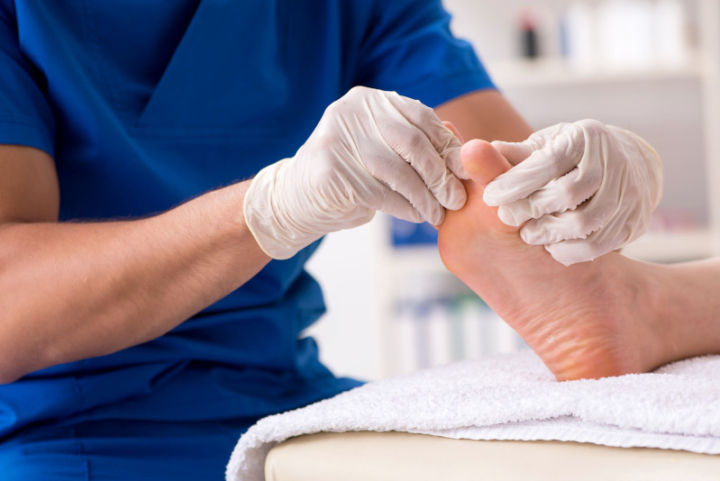Tips For Diabetic Wound Care

Diabetes can cause various health complications, and one of the most common is the development of wounds that are slow to heal. If not treated quickly and effectively, these wounds might result in severe complications, including amputation. If you have diabetes, proper Bakersfield wound care is essential to prevent infection and promote healing. Here are tips to help you take care of any wounds you may have;
Keep the wound clean
If you have diabetes, keeping your wound clean is vital to prevent infection. Clean the wound with mild soap and water, and dry it gently with a clean towel. Avoid using hydrogen peroxide or alcohol, as they irritate the wound and slow healing. Also, avoid immersing the wound in water since doing so might make the skin overly soft and raise the chance of infection. If you have a big or deep wound, ensure you use an antimicrobial solution to clean it.
Keep the wound moist and covered
Most people think “airing out” a wound can speed up healing. However, your wound will heal more quickly if there is a moist layer behind a covered bandage. The only exception is when irregular internal drainage of a wound necessitates a more absorbent dressing.
For the best wound care, apply an antibiotic ointment or topical gel to the wound once daily as prescribed by your doctor. Use saline to clean the wound. After each application, cover the damage with a fresh gauze dressing.
Keep your blood sugar levels under control
High blood sugar levels can damage the blood vessels that supply oxygen and nutrients to your skin, making it harder for wounds to heal. Make sure you are managing your diabetes by following your doctor’s recommended treatment plan, which may include medications, diet, and exercise.
Protect your skin from the sun
Sun exposure can cause damage to your skin and increase your risk of developing wounds. Wear protective clothing, such as long-sleeved shirts and pants, and use sunscreen with a sun protection factor (SPF) of at least 30 when you are going to be in the sun for an extended period.
Protect the wound from pressure and friction
If the wound is on your foot or leg, it is important to protect it from pressure and friction. Consult your doctor for advice on how you can keep moving while protecting your wounds. Wear shoes that fit well and don’t rub on the wound. You can also use padding to protect the wound from pressure.
Practice proper foot care
If you have diabetes, you have an increased likelihood of developing sores and other foot issues. Therefore, it is essential to maintain appropriate foot hygiene to prevent wounds. This entails regularly cutting your toenails, cleaning and drying your feet daily, and donning comfortable, well-fitting footwear. You might need to apply a special foot lotion if you have neuropathy (nerve damage) in your feet to keep your skin moisturized and stop cracks or sores from developing.
If you have diabetes, you need to take good care of your wounds and help to promote healing. Remember, it is important to seek medical attention if you notice any signs of infection or if a wound doesn’t seem to be healing properly. With proper care, you can keep your skin healthy and prevent complications related to diabetes. Call Diabetic Foot and Wound Center to book your appointment for diabetic wound treatment.
